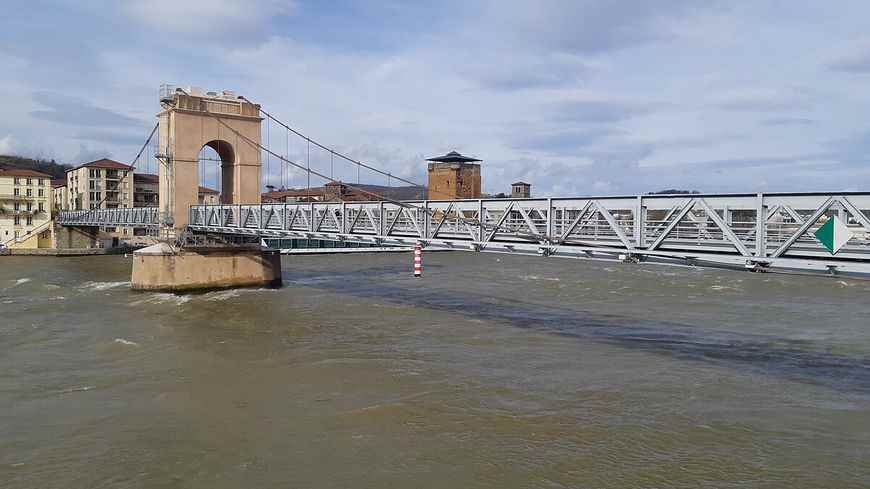Almost all the snow has disappeared at altitude and rivers and streams in Isère are dry or almost dry. 93 French departments are on drought alert this July 28 and Isère is one of them. The south of the department is at the maximum alert level. To the north, the Bourbre and Isle Crémieu management units, for example, are on heightened alert.
A situation closely monitored by the Rhône-Mediterranean-Corsica Regional Water Agency, which works with local authorities, farmers and even industrialists to move towards more moderate water consumption and preserve the resource. A sobriety necessary to better cope with droughts linked to climate change assures Nicolas Alban, regional director of the Water Agency.
Heavy investments to save water
“The less we depend on water resources from the natural environment, the stronger we are in the face of climate change because we have fewer needs, so we will be better able to face droughts” he explains. But to be more sober, you have to invest in different facilities to renovate drinking water networks for example or install a new pumping place. Impossible to make all the necessary investments simultaneously. Those are “hundreds of thousands of euros or even millions of euros each time it is necessary to invest in pipes, in piloting.”
There are places where it is very important to go fast because there is very little water.
Faced with these costs, “You have to choose your priorities. There are places where it is very important to go quickly because there is very little water” as in the Quatre Vallée, Bas-Dauphiné or Bièvre-Liers-Valloire watersheds “where there are significant water savings to be made.” But the department of Isère can also count on the Rhône where “we know that we still have a few decades to prepare for a drop in the flow of the Rhône when we have more glaciers.”
The Rhône and Isère, “abundant” resources for the moment
It is also thanks to the river which runs along the department to the north and to the west as well as to the Isère river that the Regional Water Agency considers that the region “has a significant richness in water.” Today the resource is “considered abundant because it is supported, somewhat artificially, by melting glaciers” details Nicolas Alban.
That’s why “that we can afford to fetch water when we lack it in the Rhône and in the Isère, because we know that we have plenty and for a few more decades.” When the glaciers will have disappeared, “we may have yet another problem to solve.” The downward trend in the flow of the Rhône is already there, but the situation is incomparable with “its small tributaries” indicates the director of the Regional Water Agency.
It’s not easy to fight this fight against climate change and times like this help us to speed things up.
If the drought we are currently going through “forces us to speed up” it also helps the Regional Water Agency. Because to motivate the investments needed to deal with climate change, “we especially need that culturally, we evolve” believes Nicolas Alban, “This is undoubtedly the biggest brake today and the drought helps us to make people, elected officials, citizens aware that we have an emergency and that we must take action.”
